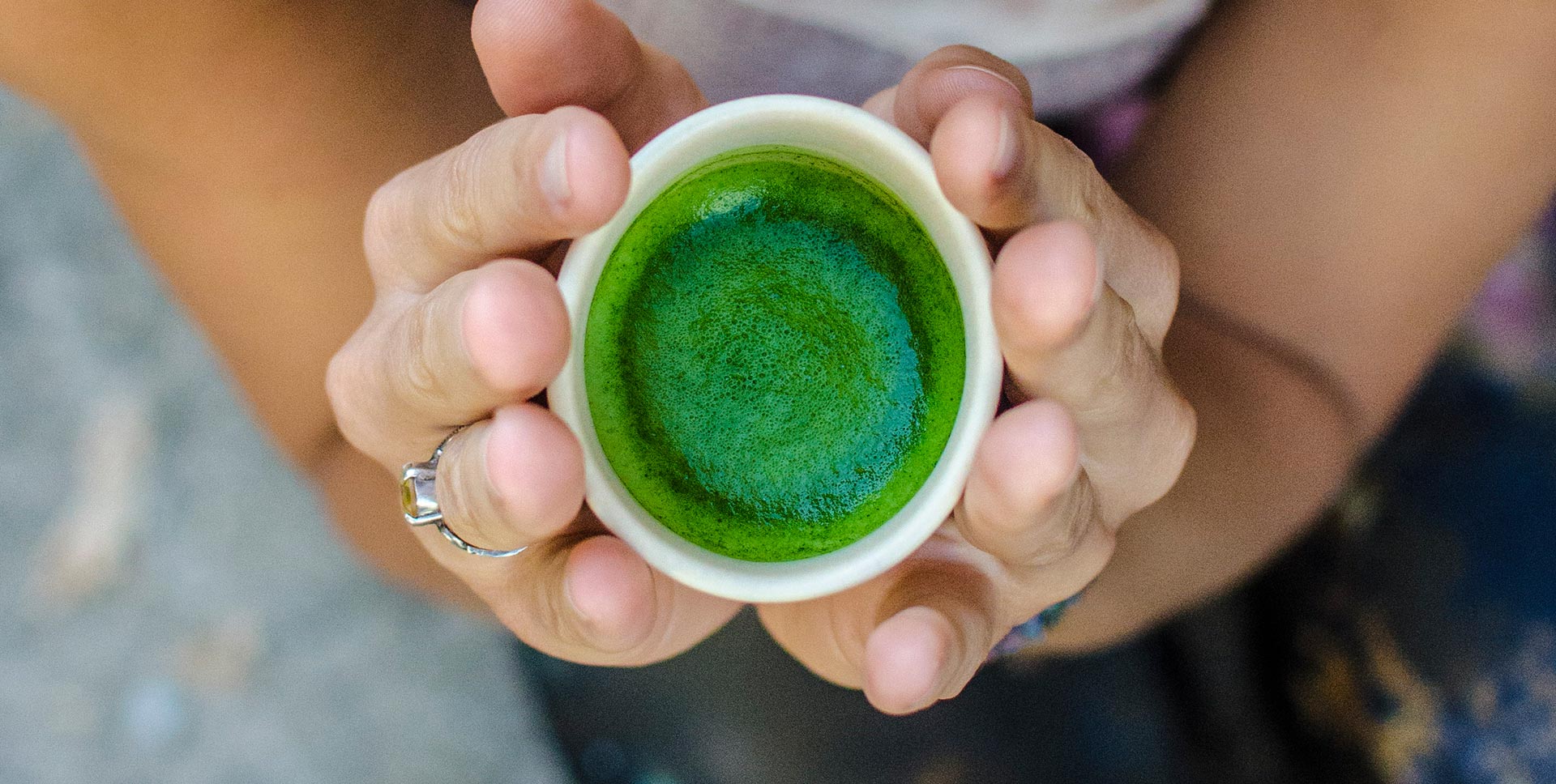It may seem ridiculous to some, but I think of a daily matcha habit as a cross between meditation and medication (with some epicurean fun thrown in to keep things interesting).
We’ve covered the meditation part of matcha in these pages here and here, but to recap: great matcha has large quantities of an amino acid called l-theanine. The higher the quality of matcha, the more l-theanine it has. Lots of people take a synthesized version of l-theanine to help them acquire a type of “flow” (as Mihaly Csikszentmihaly — pronounced MEE-hai CHEEK-sent-mə-HAI-ee — famously calls it), or a stream of “calm energy.”
“Flow,” he writes, “is a a state of concentration or complete absorption with the activity at hand.” In a state of flow, you are so involved in an activity that nothing else seems to matter.
This amino acid acts to temper the stimulatory effects of caffeine — which matcha has in small amounts (about 25mg per 1g serving, or roughly one-quarter that of a cup of brewed coffee) — on our nervous systems, in effect creating a “time release” function; a bowl of matcha typically delivers a steady stream of energy for about four hours, with none of the jitteriness coffee creates for so many people.
L-theanine creates a sense of relaxation in approximately 30-40 minutes after ingestion via at least two different mechanisms. It first directly stimulates the production of alpha brain waves, creating a state of deep relaxation and mental alertness similar to what is achieved through meditation.Very experienced practitioners of meditation tend to have have elevated alpha wave states, including the Dalai Lama and his entourage of long-term Tibetan meditators, who were invited to Stanford’s neurology department to study their brains while they mediated. Lots of alpha waves.
L-theanine is also involved in the formation of gamma amino butyric acid (GABA). GABA — an inhibitory neurotransmitter — inhibits the levels of two other excitatory neurotransmitters, dopamine and serotonin, producing the relaxation effect
It makes sense on some level. Readers of these pages may recall the Japanese zen monks were (and remain to this day) enthusiastic drinkers of matcha and its high levels of l-theanine, though they couldn’t have known that at the time. They knew that drinking matcha helped them to stay awake during meditation for longer periods (no easy task —if you’ve ever tried siting on a cushion for eight or more hours facing a wall, you’ll know what I mean).
Which brings us to the medication part of matcha. Drinking a daily bowl of matcha IS kind of like taking a daily pill prescribed by your doctor, in that you develop a daily habit, a habit you believe (or at least your doctor believes) is good for your health.
Except with matcha, you get to really enjoy it — you get the epicurean experience of tasting and swallowing something divinely delicious, and you can make as much or as little ritual around the experience as you like. It’s an awesome daily habit that brings mindfulness, joy — Michelin-quality epicurean joy– and the blast of phytonutrients that so many dentists and physicians love. (Productivity enthusiasts love the l-theanine fueled stream of focused energy as well).
So when you think of matcha, consider the three Ms.
